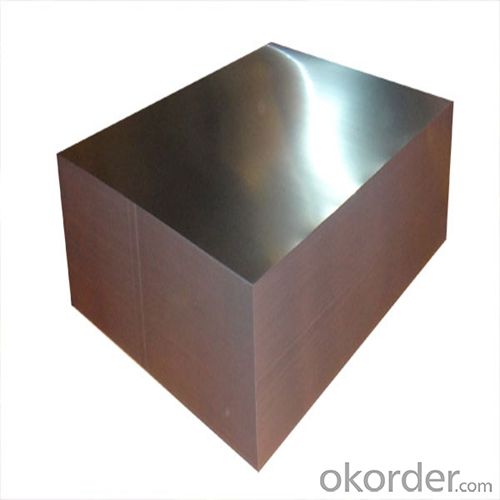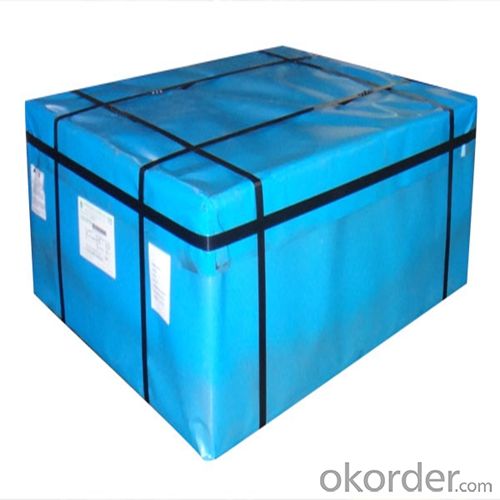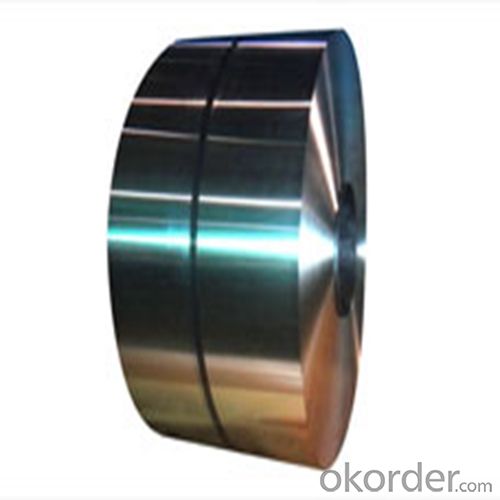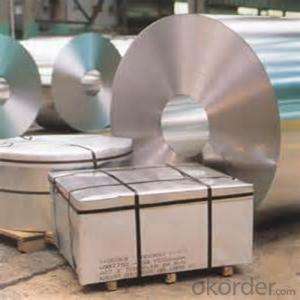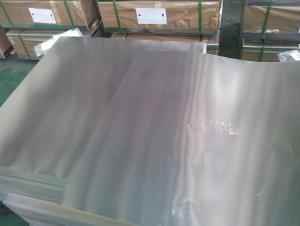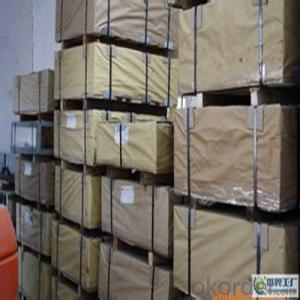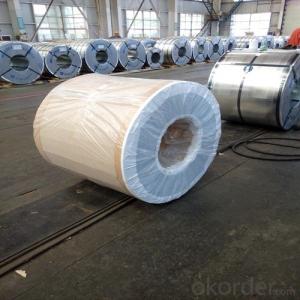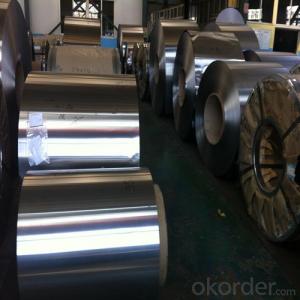Tinplate ETP of High Quality for Metal Containers 0.22 T3 BA
- Loading Port:
- Tianjin
- Payment Terms:
- TT OR LC
- Min Order Qty:
- 25 m.t.
- Supply Capability:
- 10000 m.t./month
OKorder Service Pledge
OKorder Financial Service
You Might Also Like
1.Structure of Tinplate ETP of High Quality for Metal Containers 0.22 T3 BA Description
Electrolytic Tinplate, is one thin steel sheet with a coating of tin applied by electrolytic deposition. Tinplate made by this process is essentially a sandwich in which the central core is strip steel. This core is cleaned in a pickling solution and then fed through tanks containing electrolyte, where tin is deposited on both sides. As the strip passes between high-frequency electric induction coils, it is heated so that the tin coating melts and flows to form a lustrous coat.
2.Main Features of the Tinplate ETP of High Quality for Metal Containers 0.22 T3 BA
Appearance – Tinplate is characterized by its beautiful metallic luster. Products with various kinds of surface roughness are produced by selecting the surface finish of the substrate steel sheet.
Paintability and printability – Tinplates have excellent paintability and printability. Printing is beautifully finished using various lacquers and inks.
Formability and strength – Tinplates have got very good formability and strength. By selecting a proper temper grade, appropriate formability is obtained for different applications as well as the required strength after forming.
Corrosion resistance – Tinplate has got good corrosion resistance. By selecting a proper coating weight, appropriate corrosion resistance is obtained against container contents. Coated items should meet 24 hour 5 % salt spray requirement.
Solderability and weldability – Tinplates can be joined both by soldering or welding. These properties of tinplate are used for making various types of cans.
Hygienic – Tin coating provides good and non toxic barrier properties to protect food products from impurities, bacteria, moisture, light and odours.
Safe – Tinplate being low weight and high strength makes food cans easy to ship and transport.
Eco friendly – Tinplate offers 100 % recyclability.
Tin is not good for low temperature applications since it changes structure and loses adhesion when exposed to temperatures below – 40 deg C.
3.Tinplate ETP of High Quality for Metal Containers 0.22 T3 BA Images
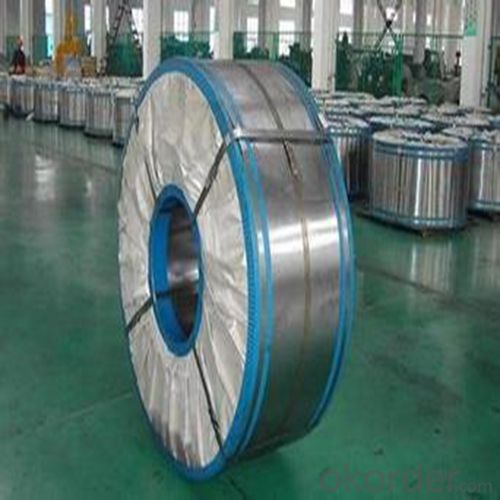
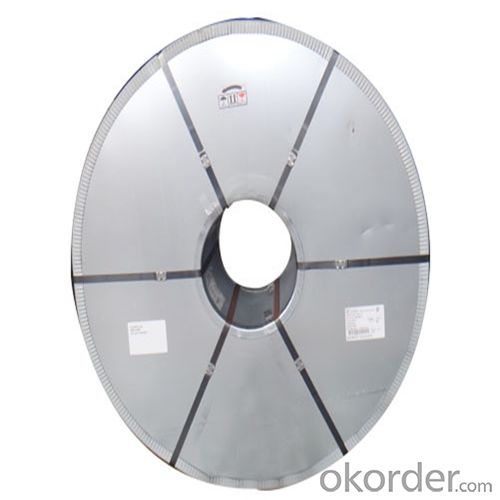
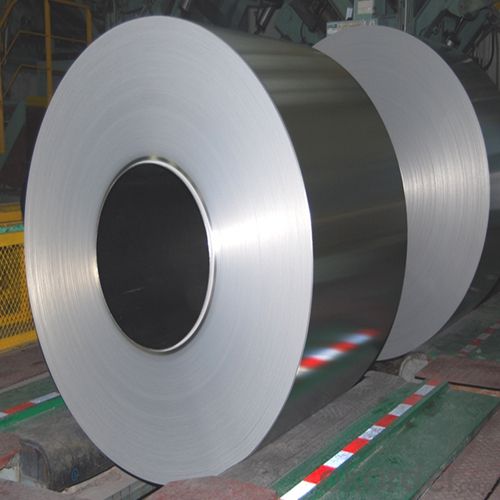
4.Tinplate ETP of High Quality for Metal Containers 0.22 T3 BA Specification
Standard: ISO 11949 -1995
Material: MR
Thickness:0.22mm
Width: 600mm -1150mm
Temper: T3
Annealing: BA
Coil Inner Diameter: 508mm
Weight: 6-10 tons/coil 1~1.7 tons/sheets bundle
Passivation:311
Oil: DOS
Surface: Finish
5.FAQ of Tinplate ETP of High Quality for Metal Containers 0.22 T3 BA
- How are the tinplates specified?
The tinplates are specified as per the steel base, extent of tempering, the coating weight, annealing method and the surface finish.
- How many types there are for base steels?
The base steels are of three types: Type MR, L, D
- Q: What are the different types of tinplate edge finishes?
- There are typically three main types of tinplate edge finishes: open, closed, and inward rolled. The open edge is the most common and leaves the tinplate edge exposed, while the closed edge is formed by folding the edge of the tinplate under itself for a more finished appearance. The inward rolled edge is created by rolling the edge of the tinplate towards the inside of the can, providing a smoother and safer edge.
- Q: What are the different types of tinplate coatings?
- The different types of tinplate coatings include electrolytic tinplate (ETP), tin-free steel (TFS), and black plate.
- Q: How many kinds of tinplate are there? What is the code number?
- Tinplate is a tin covered with tin, it is not easy to rust, also known as tin iron. This kind of galvanized steel in a long time Chinese called "tin", some people think that the tin plate when the manufacture cans from Macao (English Macao for tinplate imports, readable) so called "tin". There are other statements, such as China used this lamp tin plate made of kerosene, shaped like a horse, so called "tin". The name "tinplate" is not exact. Therefore, in 1973, when the Chinese tin plate meeting was called "tinplate", the official document no longer used the name "tinplate".
- Q: How is tinplate recycled?
- Tinplate is recycled by first collecting it from various sources, such as food cans or packaging materials. The collected tinplate is then sorted and separated from other materials like paper or plastic through a magnetic separation process. After this, the tinplate is shredded into small pieces and further sorted to remove any remaining impurities. The clean tinplate pieces are then melted in a furnace to separate the tin coating from the steel base. The separated tin and steel are both recycled separately, with the tin used for various purposes like coating new tinplate or producing solder, while the steel is reused for manufacturing other steel products. Overall, the recycling process of tinplate helps conserve resources, reduces waste, and promotes environmental sustainability.
- Q: Can tinplate be used for packaging industrial chemicals?
- Yes, tinplate can be used for packaging industrial chemicals. Tinplate is a type of steel coated with a thin layer of tin, providing it with excellent corrosion resistance and durability. These properties make tinplate suitable for packaging industrial chemicals that may be corrosive or reactive. Additionally, tinplate is also impermeable to light, moisture, and oxygen, providing further protection to the chemicals.
- Q: Can tinplate be used for packaging of corrosive substances?
- No, tinplate is not suitable for packaging corrosive substances as it can react with the corrosive materials and lead to contamination or degradation of the product.
- Q: Can tinplate be used for household appliances?
- Yes, tinplate can be used for household appliances. Tinplate is a type of steel coated with a thin layer of tin, which provides corrosion resistance and enhances the appearance of the metal. This makes it suitable for manufacturing various household appliances such as cans, containers, kitchen utensils, and even small electrical appliances.
- Q: Can tinplate be used for packaging confectionery products?
- Yes, tinplate can be used for packaging confectionery products. Tinplate is a commonly used material for food packaging due to its durability, resistance to corrosion, and ability to maintain product freshness. It provides a safe and secure packaging option for confectionery items, ensuring a longer shelf life and preserving the quality of the products.
- Q: How does tinplate packaging contribute to food safety?
- Tinplate packaging contributes to food safety by providing a protective barrier that prevents contamination from external factors such as light, air, and moisture. This helps to preserve the quality, freshness, and nutritional value of the packaged food. Additionally, tinplate packaging is highly resistant to corrosion, ensuring that harmful substances do not leach into the food. Its durability also prevents physical damage during transportation and storage, reducing the risk of contamination.
- Q: How is tinplate used in the beverage industry?
- Tinplate is widely used in the beverage industry for packaging purposes. It is commonly used to make cans for carbonated drinks, fruit juices, and other beverages. Tinplate cans provide a protective barrier against light, oxygen, and moisture, preserving the quality and taste of the beverages. Additionally, tinplate cans are easily recyclable, making them an environmentally friendly choice for the industry.
Send your message to us
Tinplate ETP of High Quality for Metal Containers 0.22 T3 BA
- Loading Port:
- Tianjin
- Payment Terms:
- TT OR LC
- Min Order Qty:
- 25 m.t.
- Supply Capability:
- 10000 m.t./month
OKorder Service Pledge
OKorder Financial Service
Similar products
Hot products
Hot Searches
Related keywords



